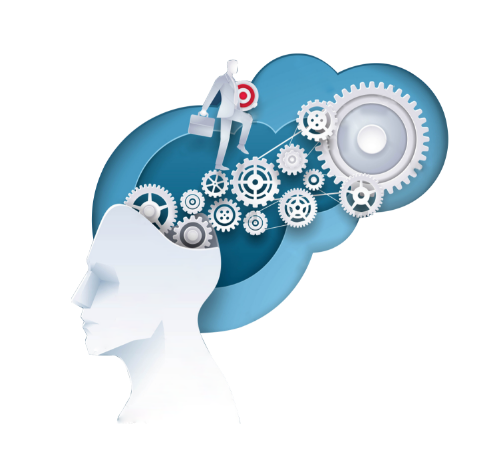Hyperautomation refers to an ecosystem of E2E (End-to-End) solutions that combines different technologies intending to acquire or enhance the ability to analyze, design, automate, measure, monitor and re-evaluate the processes on which they are based strategic decisions of companies. Therefore, operational efficiency results from hyper-automation, as the margin of error is reduced and more precise information is obtained, which helps achieve objectives in less time.

Benefits of hyperautomation:
Companies that bet on hyper-automation get their systems, interfaces and software to execute increasingly complex operational processes and evolve on their own to adapt to new changes. Which translates into an opportunity for more effective management of human talent? In this sense, the correct articulation with the
Blockchain Development systems allows you to get rid of operational, repetitive and routine burdens to focus on the strategic aspects of the business, starting from the interpretation of information already processed.
Cloud migration: very current technology, but companies still use too little. Migration to the cloud is one of the top trends in the ICT sector. It is often referred to as “the engine par excellence of the digitalization of companies”, also in the Ministry’s strategic plan for technological innovation.
Migration consists in moving data and applications in a secure environment that is always accessible via an Internet connection and from any device. Moving applications from proprietary systems to cloud platforms to take advantage of the services offered by providers is an extremely effective strategy. Still, the degree of intervention depends on the individual company’s needs.

Iot Solutions can therefore be the most varied, depending on the level of innovation that the company wants to achieve and the desired project times. For a company that needs to move its data and applications to the cloud in a tight time frame, the recommended strategy is rehosting or lift-and-shift. In this way, applications are replicated in different hardware environments, and interventions on infrastructure and code are minimal.
Why take action with cloud migration? And when is it good to do it?
The cloud is, in fact, based on the pay-as-you-go system: both for the different functions and the storage space, the hosting companies charge the amount related to the services and area used. Furthermore, with increasing competition, the cost of cloud providers is continuously decreasing.

Thanks to the Api Integration, maintenance costs are also significantly reduced: the supplier will take care of the aspects related to hardware and security, guaranteeing their proper functioning and maintenance and allowing the team to focus exclusively on the important business tasks. Furthermore, the cloud space favours the inclusiveness of the group: with the access system, everyone can access the same data at the same time if desired.
Cloud migration also favours greater flexibility and scalability: as mentioned previously, the
cloud migration services can be integrated according to the company’s growing needs, conveniently on demand. Also, about compliance, the cloud is the winning solution. This aspect is essential, especially for those strictly regulated sectors that must pay particular attention to compliance with the often intricate legislation (banking, health, public administration).